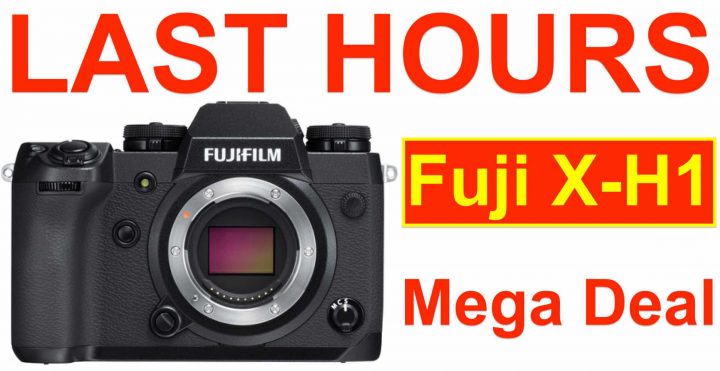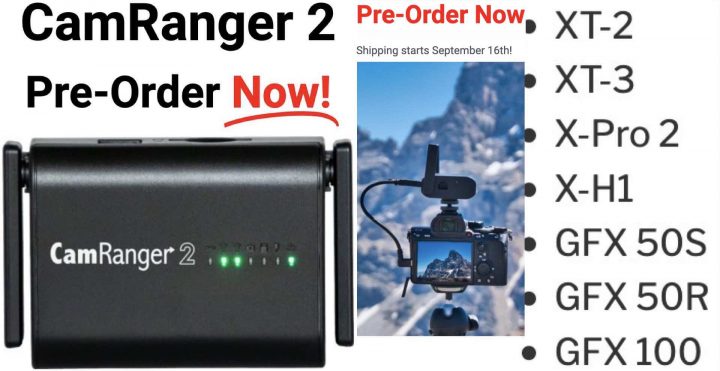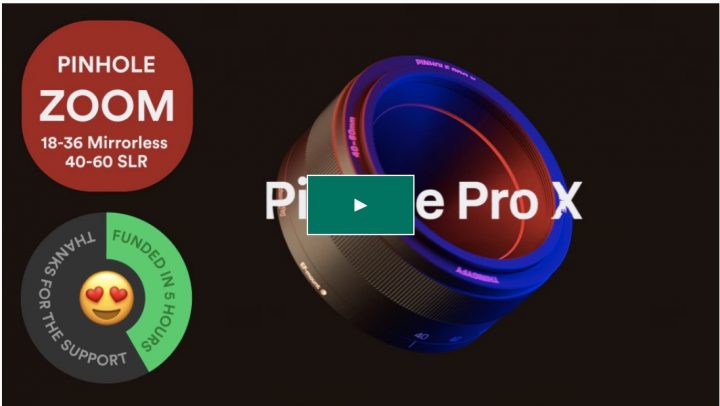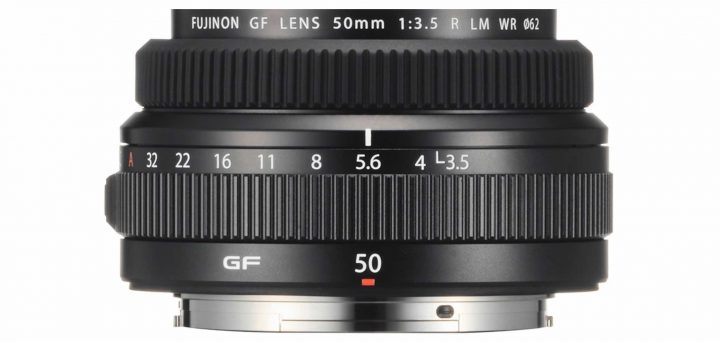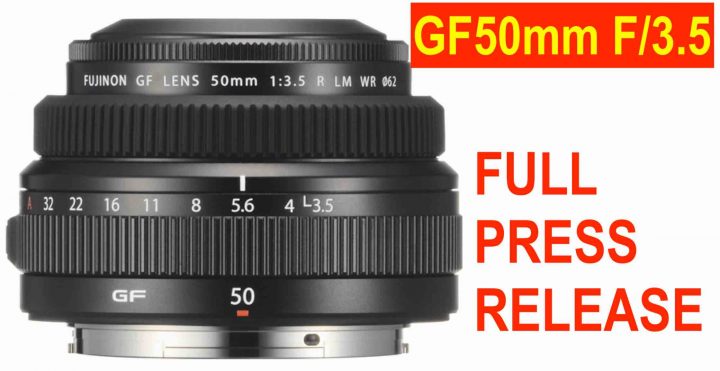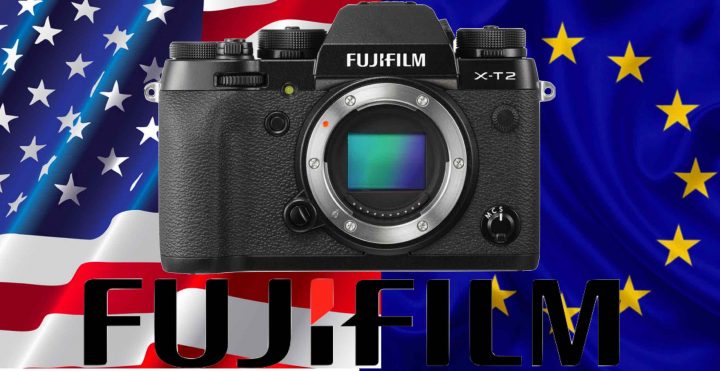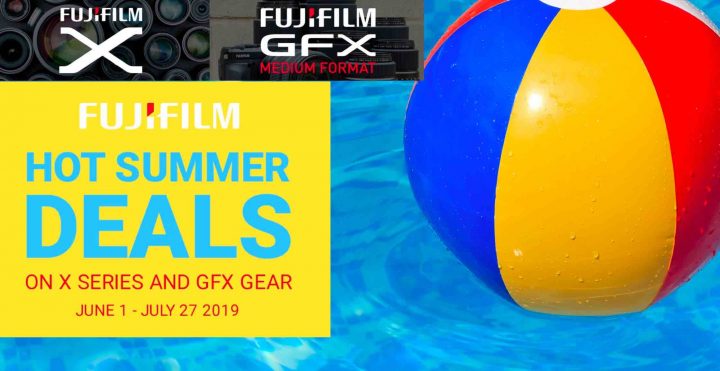LAST HOURS to SAVE BIG on Fujifilm X-H1 and Fujifilm X-A3 with XC 16-50mm MK II for $275 Only
X-H1 Steal
These are the last hours, where you can save massively on the Fujifilm X-H1.
The last deal day is tomorrow, Saturday 28.
The X-H1 is currently back-ordered in many stores, but of course you can place your order now, and then get it shipped at the discounted price once Japan ships again fresh new samples from their factory.
- X-H1 + Grip (pay only $999): BHphoto, Adorama, AmazonUS
- X-H1 + Grip + XF 8-16/2.8 (save $1,000): BHphoto, Adorama, AmazonUS
- X-H1 + Grip + XF 16-55/2.8 (save $800): BHphoto, Adorama, AmazonUS
X-A3 Deal
Adorama is selling the remaining stock of Fujifilm X-A3 with XC 16-80mm MK II lens for $275 only.

